There are several types of river (freshwater) crawfish that are common in Europe. All of them are representatives of the order of decapods. Animals have a chitinous cover that serves as an external skeleton. The appearance of the crawfish is quite recognizable, as a rule, the color has a greenish-brown color, which makes it not visible against the background of the bottom.
Here is an overview of the content of this tutorial, feel free to jump to any section you care about:
For more fishing instructions, take a look at these popular Trizily links: Roach fishing.
How To Catch Crawfish
Characteristics of crawfish
Crawfish prefer water bodies with good oxygen metabolism, if they exist in stagnant or weakly flowing, they adhere to groundwater outlets. They live in a wide range of depths, under adverse conditions or in case of danger, they hide in dug holes or under stones and so on. Prefer twilight and nightlife. 90% of their food is plants, animals and carrion feed on a case by case basis. The sense of smell is very developed. It is difficult to call them cold-loving animals, but they are active in the winter. Move forward along the bottom of the head, but swim back.
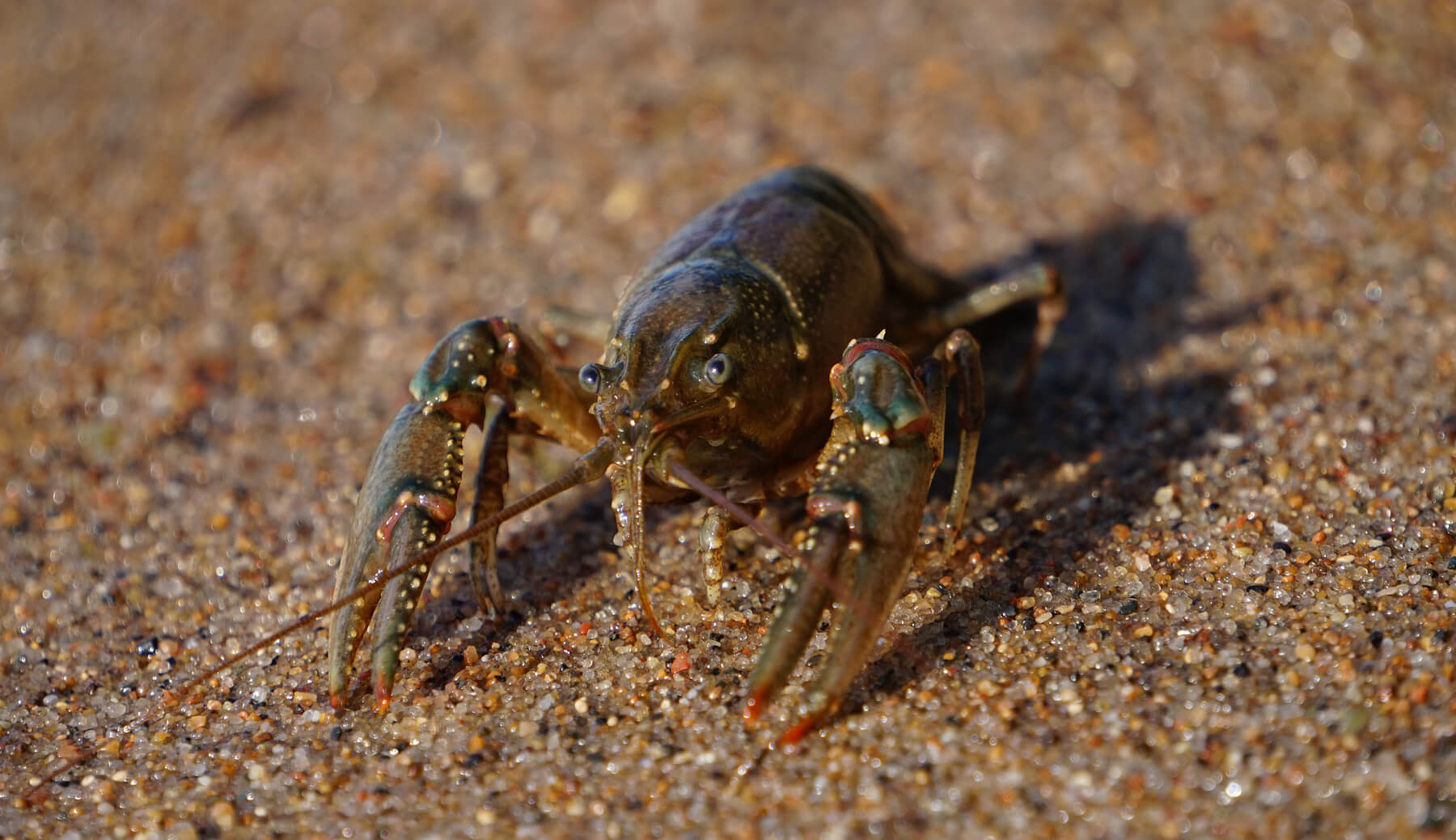
The maximum sizes of all types range from 20-30 cm. Crayfish are susceptible to pestilence, they are affected by the plague of crayfish, so the spread can be intermittent or just rare enough, but in some reservoirs there are so many that they can be a threat to other species. It should be borne in mind that in most regions of our country, the production of freshwater crustaceans is regulated by law or prohibited. Before going to catch crayfish, check the rules for the extraction of this animal.
Reproduction habits
Crawfish become sexually mature at the age of 3-4 years. Fertilization in cancers is internal, due to the anatomical structure and aggressiveness of males, for successful reproduction several conditions must be met. First of all, the male must be larger than the female, otherwise the female may break out. Females are afraid of males and avoid contact with them, so males behave very aggressively and can severely pat females. Large males copulate several times, after several fertilization, the male, due to hunger, can gobble up the last female.
After mating, females may not leave their holes or shelters for a long time, being afraid of males, which violates the aeration of eggs, and it may die. Three weeks after successful fertilization, spawning occurs. The caviar attaches to the female’s pseudopods and will remain there until the larvae hatch. Larvae begin independent life only after two months.
Crawfish fishing guide: Techniques, bait and gear
Crawfish fishing techniques
Despite problems with diseases and pestilence, crawfish can be an excellent fishing target, but they are often a “bad companion” for anglers, they strip off bait from hooks, eat bait, and even using solid boilies does not help. On winter, ice fishing, they can come across not only mormyshka jig, but also spinners and balancers. But they don’t catch crawfish specifically for fishing rods. The most common way to get crawfish is by breaking and nets. Of the old ways, one can call prey with the help of a “prison” – a long stick, the pointed part of which is split and wedged.
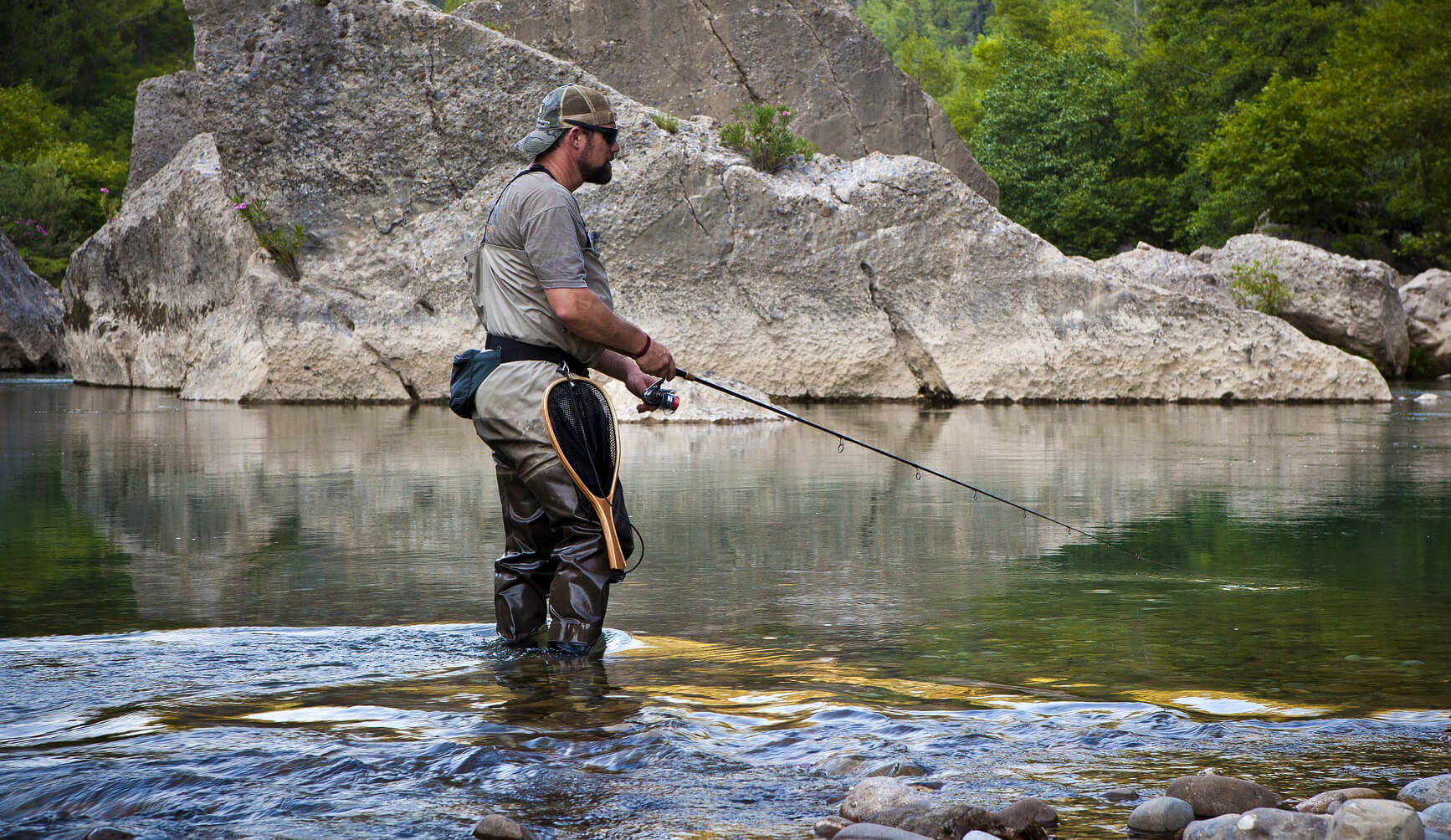
In shallow water, at night, crawfish can be collected by hand. This will require a flashlight. If crawfish are found in small streams or small rivers, then you can collect them during the day under stones and snags. This is quite an interesting, but “dangerous” occupation. In addition, crawfish are mined at depth using a mask and diving tube. Another fun way to catch crawfish can be mentioned “fishing on the boot.” A bridle is laid in the boot, and it sinks to the bottom with a rope. After a while, it is removed. Crawfish must crawl into the boot and are taken by the hunter.
Crawfish fishing bait
When fishing with various inkwell rack (or muzzle) necessary bait. For this, any meat, animal entrails, or simply rotten fish can do.
Where to catch crawfish
Crawfish live in most countries in Eurasia and Northern Asia, including Siberia. Some species of crawfish have smaller habitats, mainly in the Baltic Sea basin. These crawfish do not overlap each other’s habitats, but narrow-toed crayfish spreads over large areas. The wide spread of narrow-toed crayfish is associated with better adaptability of the species. Narrow-toed crayfish probably occupies territories in which wide-toed due to the plague disappeared. It is believed that in the past, narrow-toed spread from the Caspian Sea basin. In Europe, there was a seizure of the distribution area of wide-toed crayfish by another species, an invader – American signal crayfish.

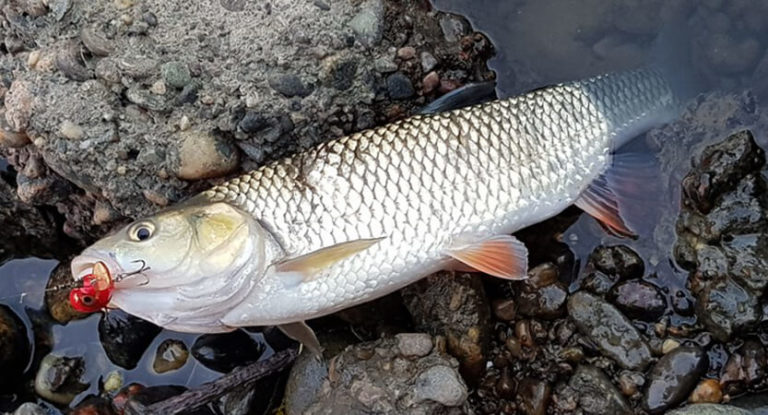
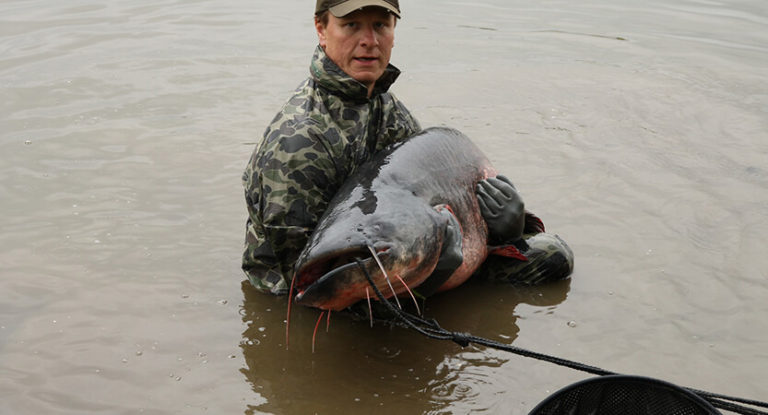
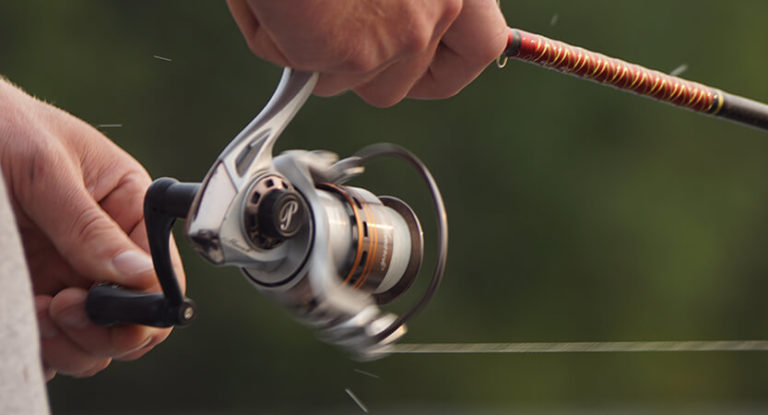
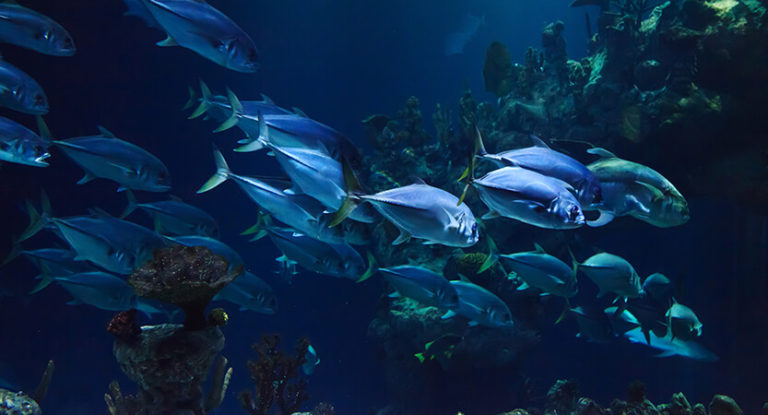
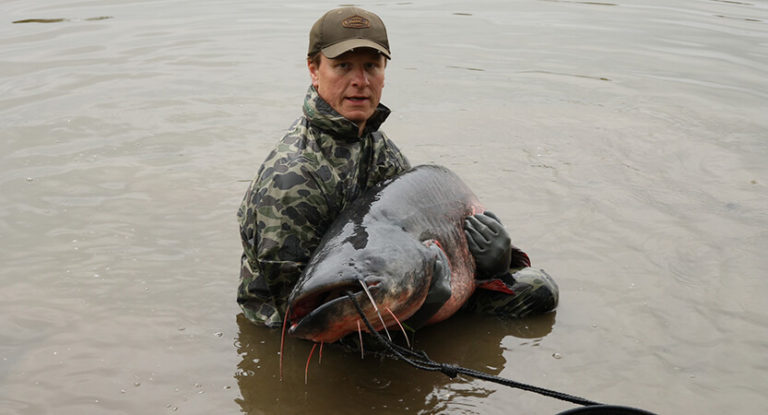
![The 10 Best Fishing Hats in 2023 [Buyers Guide] 15 The 10 Best Fishing Hats in 2023 [Buyers Guide]](https://trizily.com/wp-content/uploads/2022/03/best-fishing-hats-768x768.jpg)